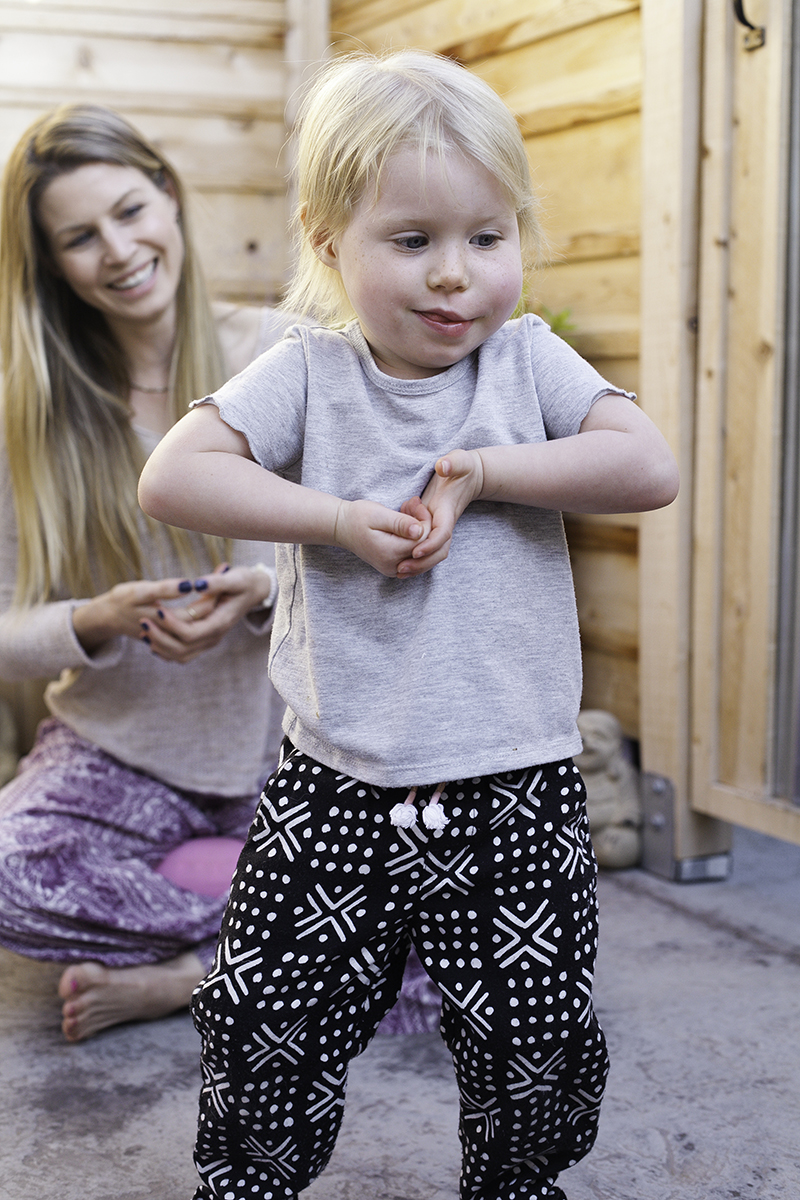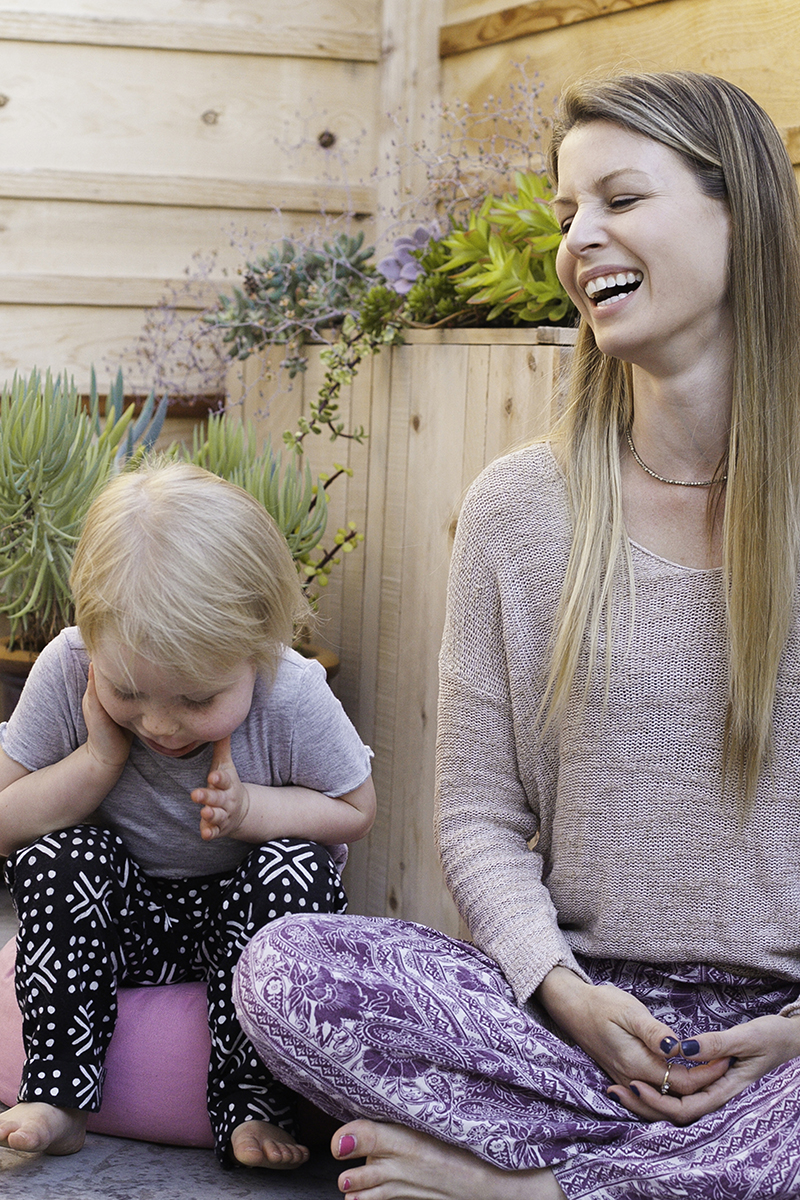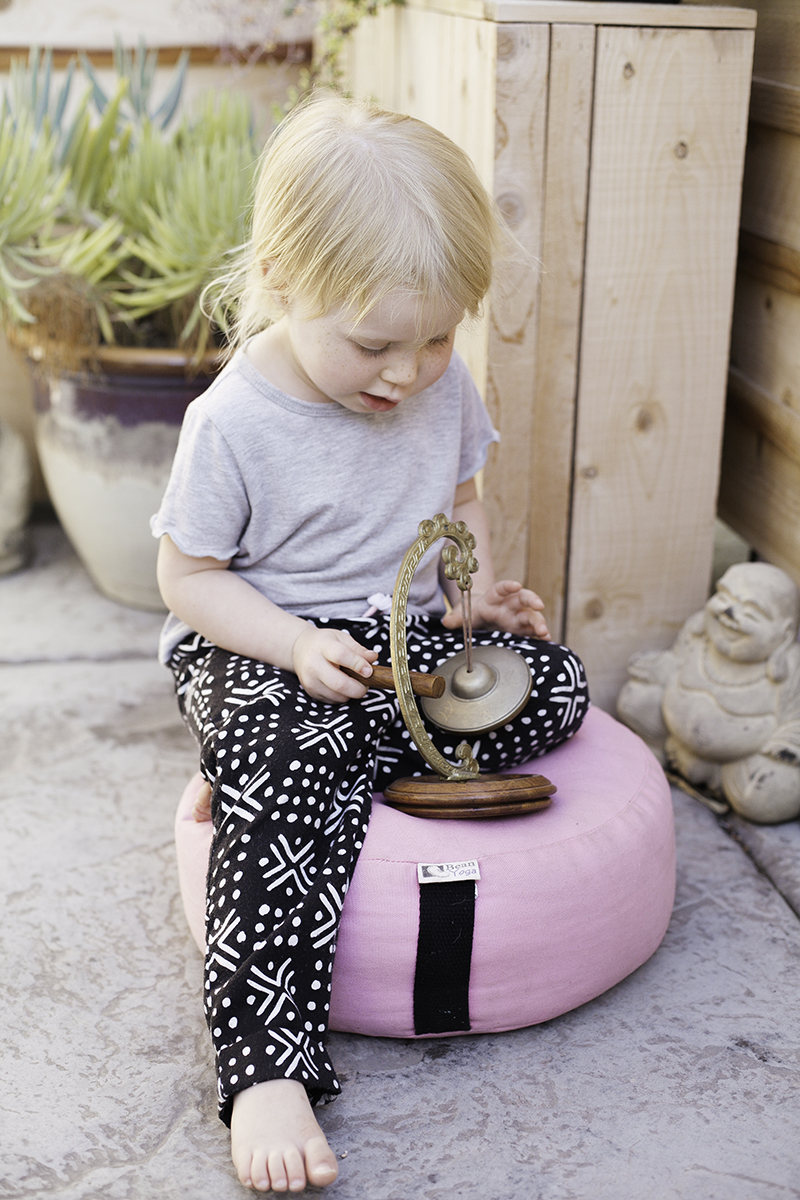3 Reasons Your Kids Should Learn How To Meditate
Stephanie Gatschet
I found meditation almost ten years ago through a friend and a Buddhist center that offered classes, retreats, and a strong sense of community. My teachers made meditation casual, practical and fun, giving me a deep sense of happiness even in tumultuous times. Early into motherhood, I found myself tired, frustrated and feeling helpless. I meditated on patience when I felt impatient and on compassion when my daughter cried nonstop. Experiencing the benefits of meditation fueled my desire to share my practice with her. I knew meditation would help her feel rooted in peace.
Her “practice” so far has been simple. I don’t expect my three-year-old, or myself most days, to sit and formally meditate. It’s not always realistic. However, learning to use our daily experiences to practice feeling more peace amid the constant chaos is the new joy that I’ve found in meditation. If I can arm my daughter with the patience, love and compassion that come from her own personal practice, then I will have done my job. I believe it’s all very possible, and it starts with just one deep breath. I’ve listed below three benefits I’ve found from meditating with my child:
1. Meditation and mindfulness exercises can help children focus and be present in the moment. Kids are often exposed to busy, fast-paced environments or TV that can be overstimulating for their developing brains; Two minutes of deep breathing or engaging in a mindfulness activity can, if practiced regularly, create important habits. The brain remembers these skills and can tap into them later, giving kids an amazing tool for accessing a more calm, focused energy when they need it.
2. Meditation allows children to press the “pause” button. It helps them act less impulsively and gives them an opportunity to get in touch with their emotions, needs and even their physical state. Meditation is a chance for your child to “check in” internally. Feeling in tune and in power of their physical and emotional state can give them a great sense of confidence.
3. Meditation is an incredible “time out” alternative. Kids that are upset, angry or melting down often stir up a sense of anger or helplessness in their frustrated parents. In these moments, we often think it’s best, or easiest, to put our child in the corner (as punishment, or simply to put a stop to their behavior). Try putting a cushion or a firm pillow somewhere in the house, removed from distractions like toys or TV. Make this a safe, happy place for them to practice their deep breaths and happy visualizations. Inviting them to their cushion for five minutes will be a far more effective tool for redirecting their meltdowns or inappropriate behaviors.

The family that meditates together is happier!
Meditating with your child is a great way to connect as a family, set a positive example and disengage from the outside distractions of work, phones, TV and to-dos. For easy practices to gently introduce your child to meditation, click here.
Stephanie Gatschet MS, CNC, founder of BioVie Nutrition, is a clinical nutritionist and Certified Nutritional Chef based in San Diego, CA. She uses functional, holistic nutrition principles to create personalized plans honoring the unique bio-individuality and lifestyle of each client. She teaches meditation for adults and children at the Kadampa Meditation Center San Diego and elsewhere, and is mother to Vela (age 4).








